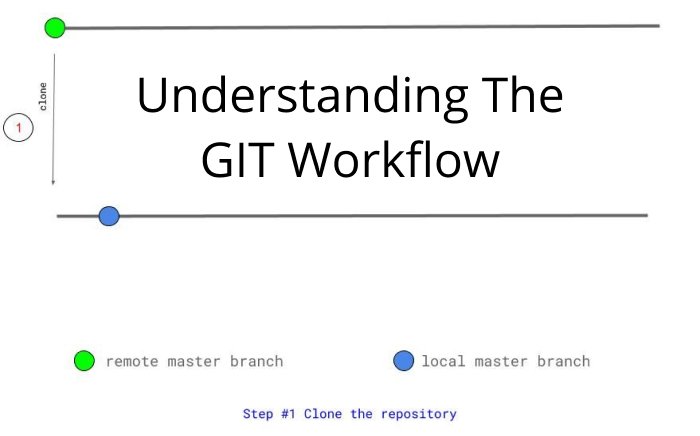Introduction
In the realm of programming, game development stands out as an engaging way to apply coding skills while fostering creativity and problem-solving abilities. Python, known for its simplicity and versatility, has become an increasingly popular language for both beginners and experienced developers alike. This article presents a comprehensive step-by-step guide for creating a simple game using Python. By following this guide, you will explore foundational concepts in game design and programming, learn to utilize essential libraries, and ultimately gain hands-on experience in building your own interactive game. Whether you are a novice seeking to embark on your programming journey or a seasoned developer looking to expand your skill set, this guide will provide the structured approach necessary to bring your game ideas to life. Let’s delve into the process and discover how to transform code into an engaging gaming experience.
Table of Contents
- Understanding the Fundamentals of Game Development in Python
- Setting Up Your Development Environment for Python Game Programming
- Designing Game Mechanics and Structures Using Python
- Implementing Graphics and Sound to Enhance User Experience
- Closing Remarks
Understanding the Fundamentals of Game Development in Python
To successfully navigate the world of game development using Python, it’s essential to grasp several core concepts. Python offers various libraries and frameworks, such as Pygame, that simplify the game design process. Understanding key components like game loops, event handling, and rendering will equip you with the foundational knowledge needed to build engaging games. Here’s a brief overview of the main concepts:
- Game Loop: The central cycle that keeps your game running, handling updates and redrawing the display.
- Event Handling: The mechanism that allows your game to respond to user inputs, like keyboard or mouse actions.
- Rendering: The process of displaying your game’s graphics on the screen.
Another crucial aspect is understanding how to manage game resources efficiently. This includes loading images, sound effects, and other assets. Proper resource management ensures that your game runs smoothly without unnecessary lag. Below is a simple table to illustrate common game resources you’ll need:
| Resource Type | Example | File Format |
|---|---|---|
| Image | Player Sprite | .png |
| Sound | Background Music | .wav |
| Font | Game Title | .ttf |
Setting Up Your Development Environment for Python Game Programming
To embark on your journey of game development with Python, it’s essential to establish a reliable and efficient development environment. Begin by installing Python, which is the primary programming language for your projects. You can download the latest version from the official Python website. Once installed, leverage a package manager like pip to manage libraries and dependencies effectively. Next, select a suitable Integrated Development Environment (IDE) or text editor that enhances your coding experience. Some popular choices include:
- PyCharm – A powerful IDE tailored for Python developers.
- Visual Studio Code – A versatile editor that supports numerous extensions for Python development.
- Atom – A hackable text editor with a vibrant community and plenty of plugins.
In addition to setting up your IDE, you’ll need to install critical libraries specifically designed for game development. Pygame is the most widely used library, providing functionalities to create games quickly. You can install it via pip with the command pip install pygame. To ensure a structured approach to your projects, consider using virtual environments. They help maintain dependencies specific to each game without cluttering your global Python environment. The following table summarizes essential libraries you may want to include in your development setup:
| Library | Purpose |
|---|---|
| Pygame | 2D game development framework |
| Pillow | Image processing and manipulation |
| NumPy | Numerical operations for game physics |
Designing Game Mechanics and Structures Using Python
In the heart of every compelling game lies a series of well-thought-out mechanics and structures. When developing a game using Python, you’ll want to begin by clearly defining the primary game mechanics, which dictate player interaction and the environment. Game mechanics can include rules governing actions, scoring systems, and event triggers. Start by outlining the core gameplay elements, such as:
- Player movement – Define how players will navigate within the game world.
- Game objectives – Clearly state what players must achieve to win or progress.
- Challenges and obstacles – Introduce elements that create engagement and difficulty.
Once you have established your game mechanics, the next step is to implement these structures efficiently. Utilizing Python’s built-in libraries, such as Pygame, allows you to prototype quickly. Consider organizing your code into different classes for clarity and maintainability. You can create a simple structure like this:
| Class Name | Description |
|---|---|
| Player | Controls player attributes and actions. |
| Enemy | Defines enemy behaviors and interactions with the player. |
| Game | Starts and manages the game loop and logic. |
By structuring your game in this manner, you can enhance readability and collaboration, making it easier to manage updates and iterations down the line.
Implementing Graphics and Sound to Enhance User Experience
To create an immersive gaming experience, it is essential to incorporate graphics and sound effectively. Python offers several libraries that make this implementation straightforward. For graphics, consider using Pygame, which enables you to create dynamic visuals easily. With this library, you can load images, create sprites, and manage animations smoothly. Here are some key points to remember when integrating graphics:
- Image Loading: Use
pygame.image.load()for importing images. - Sprite Management: Utilize the
pygame.sprite.Spriteclass for handling game objects. - Drawing Surfaces: Leverage the
blit()method to display images on the screen.
Sound is equally important in enhancing user engagement. Pygame also includes modules for audio playback, which can amplify the overall vibe of your game. You can use sound effects for actions and background music to immerse players in the gaming environment. To manage sound effectively, consider the following:
- Loading Sounds: Use
pygame.mixer.Sound()to load sound effects. - Playing Sounds: Implement methods like
.play()for immediate playback on specific events. - Volume Control: Adjust volume levels using
.set_volume()to enhance user experience without overwhelming them.
| Aspect | Pygame Functionality |
|---|---|
| Graphics | pygame.image.load(), blit() |
| Sound Effects | pygame.mixer.Sound(), .play() |
| Background Music | pygame.mixer.music.load(), pygame.mixer.music.play() |
Closing Remarks
this step-by-step guide has provided you with the foundational skills necessary to build a simple game using Python. By following the outlined processes, you have learned about game design principles, the significance of utilizing libraries such as Pygame, and the importance of debugging and testing your code. We hope that this exercise has not only enhanced your coding abilities but also ignited your creativity in game development.
As you continue on your programming journey, consider experimenting with different game mechanics, graphics, and storytelling techniques to further enrich your projects. The world of game development is vast and ever-evolving, and your newfound skills will serve as a solid basis for more complex projects in the future. Remember, practice is key; continue to challenge yourself with new ideas, and enjoy the process of bringing your creations to life. Happy coding!






